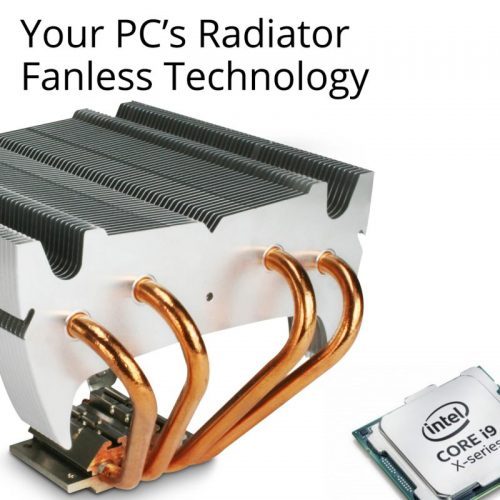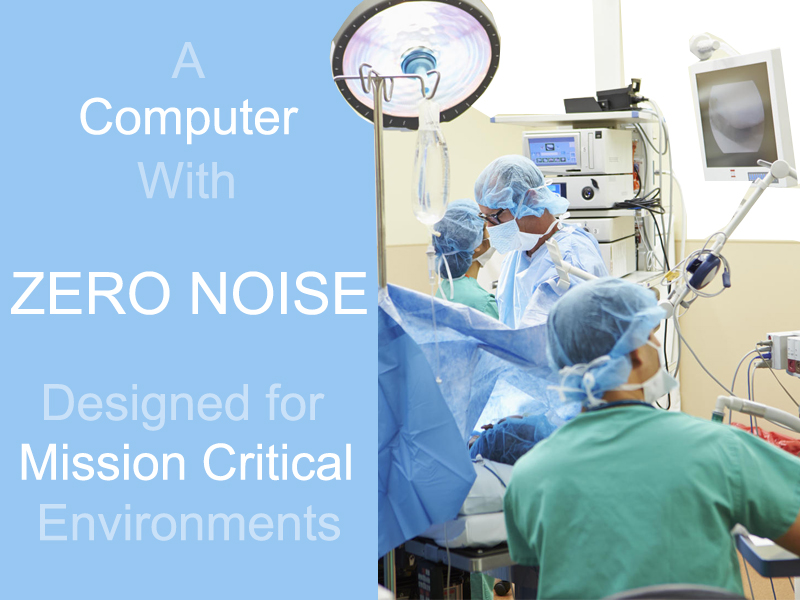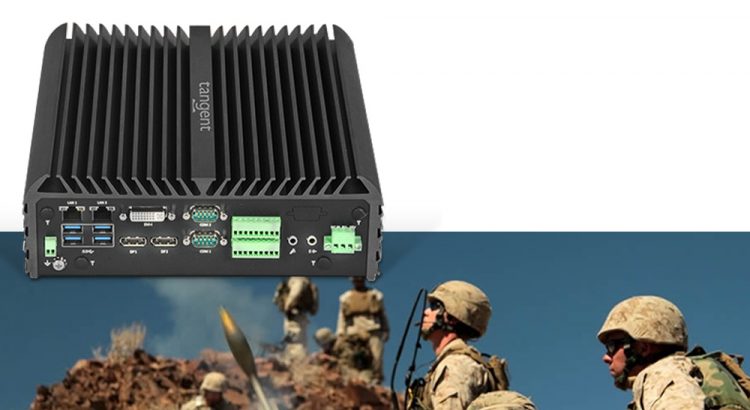Whether it’s a months long deployment, or a routine test, having the right rugged PC for your military operation is critical to the success of the mission. Rugged PCs work in situations that commercial PCs simply can not operate in, being designed to endure harsh, ever changing environments. Here are some critical features of Rugged […]
Category: Fanless

What is a Medical Grade Computer?
A medical grade computer meets regulatory guidelines including CE, FCC class A and/or B, UL60601-1 and EN60601-1, and CDC guidelines

Rugged Mini PC Created for Factory Floors
Calling a device “rugged” has lost most of its meaning in an age where supposedly rugged phones shatter from a small fall. But at Tangent, rugged isn’t just a simple marketing term, it’s a limit being constantly pushed against. Rugged mini PCs from Tangent are built from military grade components and tested in the harshest […]

The Importance of Security and Medical Grade Hardware
On May 14th, Simon Pope, a director at the Microsoft Security Response Center, wrote a blog post urging users of older Windows operating systems to install security patches on their computers and take steps to secure themselves from a known vulnerability that could be exploited and result in worm infections and/or cyber attacks. The remote […]

No Dust Bunnies This Easter…
No Dust Bunnies This Easter… Finding dust build up inside a fan-cooled computer is like finding traffic in LA. It’s always there no matter how much you try to avoid it. Thousands of hours of fan-driven air movement and electrostatic charges make the internals of a PC or laptop a prime dust magnet. From […]

Fanless Computers: Progress in Silence and Longevity
Fanless Computers: Progress in Silence and Longevity Prior to the mid 70s, computers were typically very large industrial or commercial machines, often housed in a dedicated room with an equally sized cooling system. Noise was not a notable issue for users because the computers were isolated industrial devices, viewed much like any other heavy duty […]
Benefits of a Fanless PC
Benefits of Fanless Computers With durable, fanless construction, most of our Mini Rugged PCs provide quiet and reliable operation. Fanless computers are ideal for critical care environments, hospitals, nurseries, or anywhere that noise is a consideration. The primary function of a fan in a computer system is to cool down the internal components and […]
Mini PCs for Industrial Use
Mini PCs for Industrial Use When deciding whether to buy a Mini PC, you may feel some hesitancy comparing it to a full size PC. Although the size may be attractive, there may be some questions in your mind about what their capabilities are. You may be surprised to learn about their versatility and wide […]

Fanless Computers: Still Running Cool!
Fanless Computers: Still running cool! Making a computer with a single fan is good engineering, making them fanless is an art. TANGENT offers fanless computers which are reliable and robust to meet your demanding requirements of ruggedness and performance. What are major problems with the fans that require us to build fanless computers? Noise: […]

The Surgical Environment and Noise-free Computers: A Complimentary Pair
Tangent’s fanless medical computers contain advanced cooling technology and SSD storage providing noise-free operation. While a silent computer is convenient and desirable, there are specific environments where the noise-free feature is not just a nice commodity, but also a requisite. This article covers the applications of noise-free computers in surgical environments. Operating Rooms: […]
